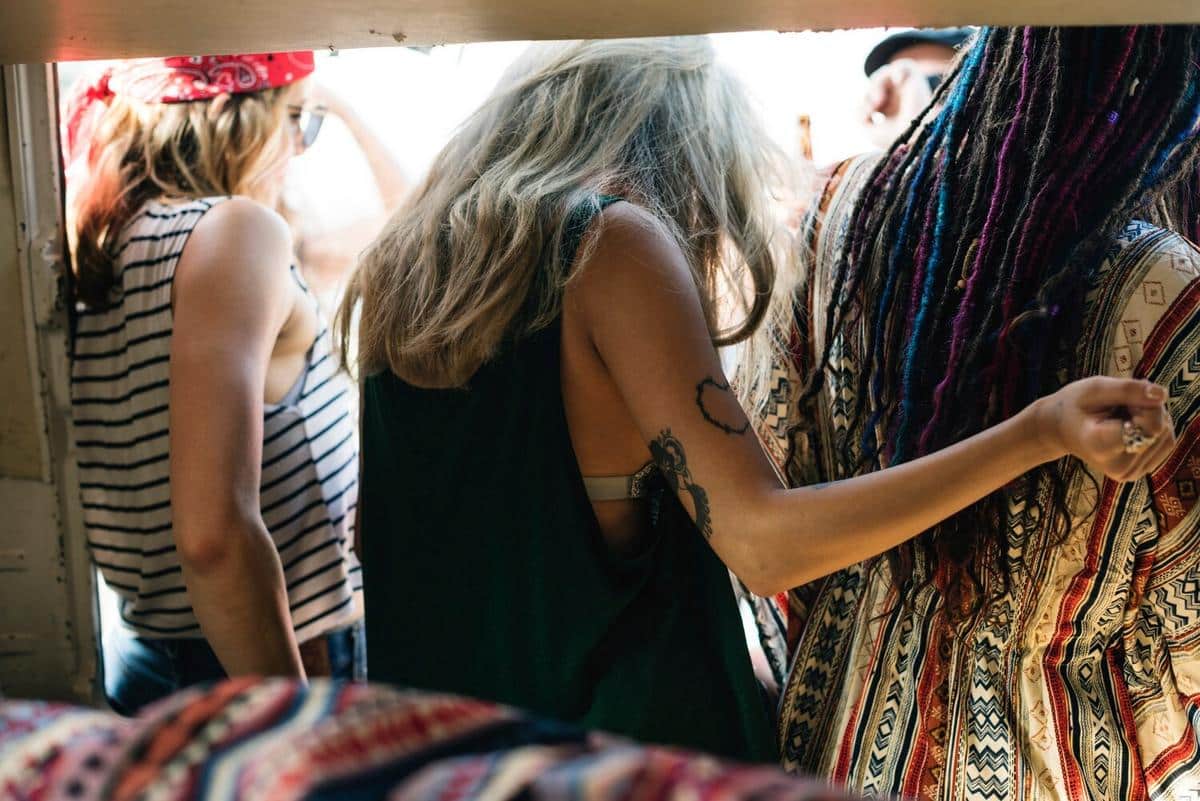
The Role of Indigenous Designers in Modern Fashion
The vibrant tapestry of modern fashion is increasingly woven with the threads of indigenous creativity, offering a rich palette of cultural narratives and traditional craftsmanship.
As the fashion industry evolves, there is a growing appreciation for diversity and cultural authenticity. Indigenous designers are at the forefront of this movement, bringing unique perspectives and traditional techniques to the global stage.
The Cultural Impact of Indigenous Designers
Indigenous designers offer more than stunning aesthetics; they carry the stories and traditions of their cultures into the world of fashion. According to a report by the Council of Fashion Designers, the inclusion of diverse cultural elements in fashion not only enriches the industry but also fosters a deeper understanding of global heritage.
Expert Opinions
Fashion historian Valerie Steele highlights, “The involvement of indigenous designers introduces a dialogue between modern fashion and ancient traditions, creating a bridge that enriches both realms.”
Statistics on Indigenous Influence
Recent research by the Fashion Institute of Technology reveals that brands incorporating indigenous designs have seen a 25% increase in consumer engagement. This statistic underscores the growing consumer interest in culturally rich fashion.
Personal Anecdotes
Consider the story of a young designer from a remote community who transformed her traditional weaving skills into a successful fashion brand. Her journey not only uplifted her community economically but also preserved their cultural heritage by bringing it to international markets.
Actionable Tips for Supporting Indigenous Designers
- Seek out brands that collaborate with indigenous communities.
- Educate yourself on the cultural significance behind the designs.
- Promote ethical and fair trade practices in fashion.
Resources & Further Reading
For those interested in exploring more about indigenous fashion, websites like Fashion for Good offer insights into sustainable and ethical fashion practices.
| Designer | Region | Signature Style | Impact |
|---|---|---|---|
| Alice Pung | Southeast Asia | Textile Weaving | Economic Upliftment |
| Elena Garcia | South America | Colorful Patterns | Cultural Preservation |
| Kai Wong | Pacific Islands | Natural Dyes | Sustainable Fashion |
| Maya Singh | India | Hand Embroidery | Global Recognition |
| Ravi Patel | India | Block Printing | Innovation |
| Leila Ali | Africa | Beadwork | Community Support |
| Tomoko Yamada | Japan | Kimono Designs | Cultural Revival |
| Sofia Martinez | Mexico | Frida-Inspired | Artistic Expression |
Frequently Asked Questions
What makes indigenous designs unique?
Indigenous designs are rooted in cultural narratives and traditional craftsmanship, offering a unique blend of history and artistry.
How can I ensure the authenticity of indigenous fashion?
Look for certifications or labels that guarantee ethical sourcing and collaboration with indigenous communities.
Conclusion
Indigenous designers are not just contributors to modern fashion; they are vital voices that bring cultural diversity and authenticity to the industry. By supporting their work, we not only embrace beautiful designs but also contribute to the preservation and appreciation of cultural heritage. As consumers, let’s celebrate and support these talented creators by making informed choices and advocating for ethical practices in the fashion world.


